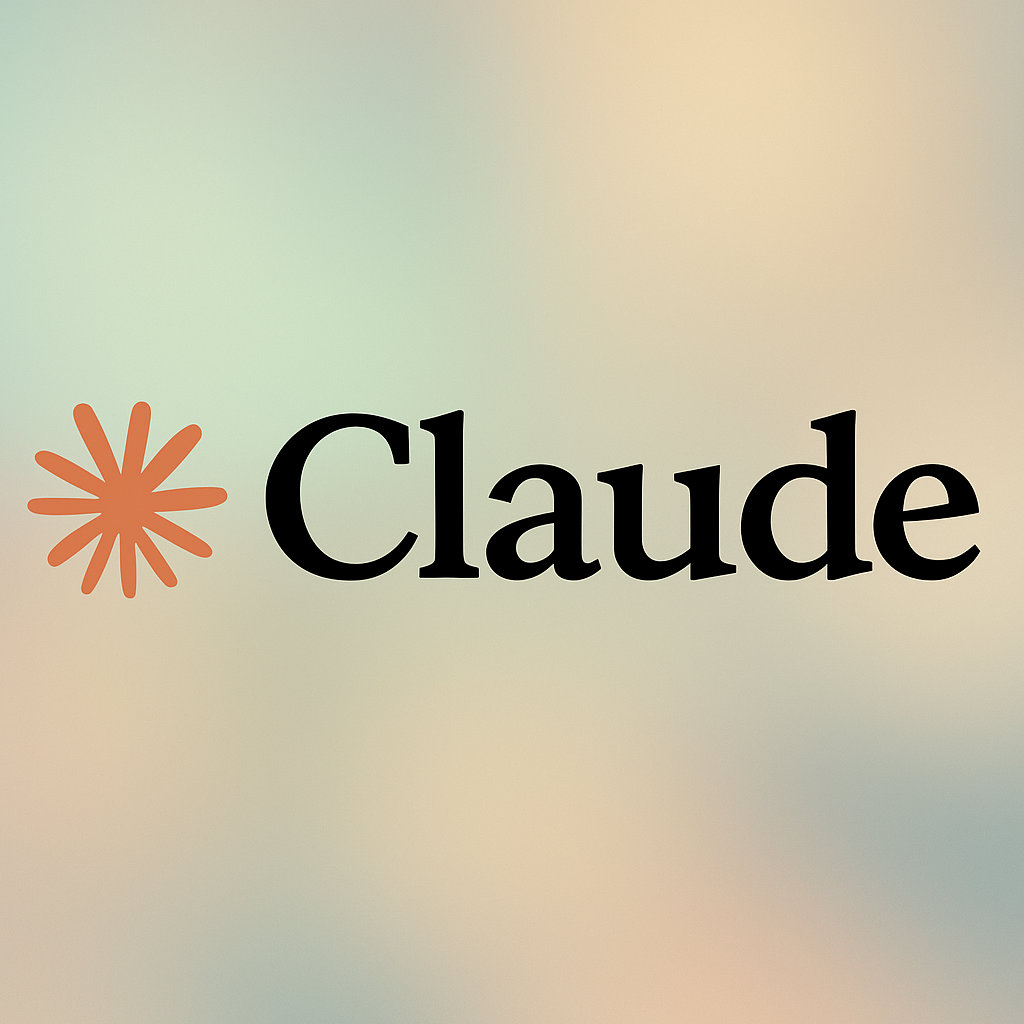Claude x Canva: Why This Integration Matters to Everyone
Anthropic has just given Claude a major upgrade by integrating it directly with Canva through simple conversational prompts. No more jumping between tabs or trying to force AI-generated content into rigid templates. Now you can ask Claude to resize a sales deck, autofill a brand template, or even summarise your product strategy and slot it into a design — all from within the Claude chat window.
Now for me, Affinity is still the gold standard. I use the Affinity suite for all my design work because it’s snappy, pro-grade, and desktop-first. But I totally get the Canva love, especially among solopreneurs. It’s collaborative, cloud-native, ridiculously affordable compared to Adobe Creative Cloud, and packed with built-in templates and smart features.
So even though I wouldn’t use this personally, I think it’s a smart and significant step forward. It moves us closer to that future where creative tasks become conversational. We talk, and the system acts, with the design work happening under the hood while we stay focused on the outcome.

Behind the Scenes: MCP and the Connectors Directory
This integration isn’t just a one-off trick. It’s powered by Anthropic’s Model Context Protocol (MCP), which quietly changes the rules of the game.
MCP provides a universal way for AI agents to access tools and data securely, consistently, and with full context. Combined with Claude’s new Connectors Directory, it means anyone — not just developers — can now link Claude to tools like:
- Canva
- Google Drive
- Slack
- Stripe
- Notion
- And even local desktop apps
The setup is frictionless. No code. No APIs. You open the Connectors panel, pick your tool, click connect, and start working. It’s designed to be approachable for everyday users but powerful enough for real workflow automation.
Why MCP Sets Claude Apart
Compared to OpenAI and Google, Anthropic’s approach has some meaningful advantages.
1. True standardisation
Most integrations today are still model-specific or vendor-locked. MCP flips that. Developers can build a connector once and have it work across any MCP-compatible system. This simplifies integration work and helps avoid fragmentation.
2. Real context awareness
Claude can access real-time data and use it intelligently across tools. You’re not just calling a function — you’re giving instructions with layers of intent and relevance. The AI understands your broader context, which is crucial for meaningful automation.
3. Security and control by design
With local processing, explicit user consent, and robust access control, MCP is already aligned with enterprise-level governance. It works just as well for startups as it does inside the firewall of a heavily regulated organisation.
4. No vendor lock-in
This is the bit that really matters. MCP makes it easier to swap out tools or models in future. You can use Claude today, but if another model suits you better tomorrow, you don’t have to rip out your entire stack.
Final Thoughts
Even if you’re not in the Canva camp, this development is worth watching. Claude isn’t just getting smarter, it’s getting more useful. This kind of integration nudges us closer to a world where the interface fades away, and the AI becomes a proactive, informed collaborator.
Instead of clicking through menus or writing scripts, we’ll increasingly describe what we want and let the system handle the mechanics. MCP is a big part of making that vision real.
If OpenAI and Google don’t respond with something similarly open and flexible, they risk falling behind in what might be the most important layer of the AI stack — the bridge between users and real-world action.